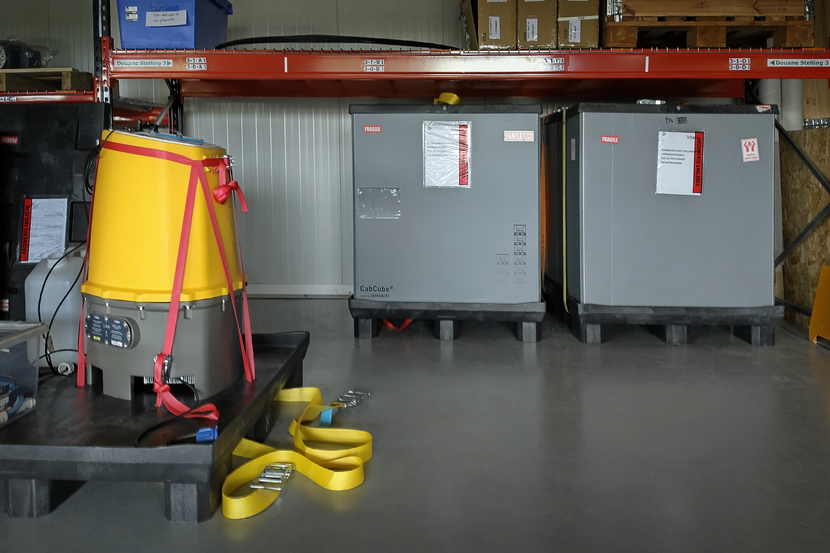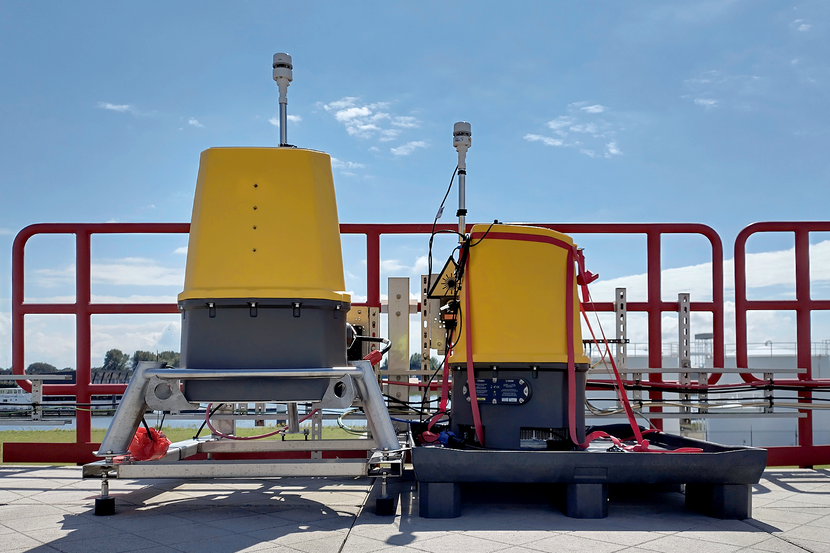First two LiDARs arrived at the OEC
After thorough preparations and communication with supplier ZX Lidars, the first two LiDAR-sensors were transported to the OEC in Stellendam on July 1st. The transport took place according to specific delivery conditions of Rijkswaterstaat. As a result, the LiDARs could be stored in the specially designated customs warehouse, which has recently become part of the OEC (more information about this in this article).

Transport of the LiDARs
The OEC had to make various preparations for the purchase of the LiDARs. Consider applying for a permit from the Dutch Border Patrol, setting up the OEC's border patrol repository, setting up the necessary customs procedures and changing the delivery conditions.
'Because the LiDARs came from the United Kingdom and therefore from outside the EU, the transport was quite complex, explains Ron Veer, Engagement Manager at the OEC. 'During the transport there was a lot of communication between the supplier and the border patrol repository of the OEC. This communication was sometimes quite a challenge due to the cross-border logistics.'
Arrival of the LiDARs
On July 3rd, the two crates containing the LiDARs arrived at the OEC. Due to the new Brexit rules, the driver had to wait slightly longer than expected at the EU external border. After receiving all documents (including those from the UK border patrol), the OEC's border patrol repository submitted a request to the Dutch border patrol to unload and place the LiDARs. Fortunately, approval came quickly, and no spot check was required, which would have caused a significant delay.
In a few weeks, the LiDARs will be installed on a platform in one of the wind farms in the North Sea. These locations are administratively outside the EU. By placing the sensors in the OEC’s border patrol repository, they officially never enter the EU before being transported to the sea. As a result, no import duties or other EU taxes need to be paid. This results in significant cost savings!
